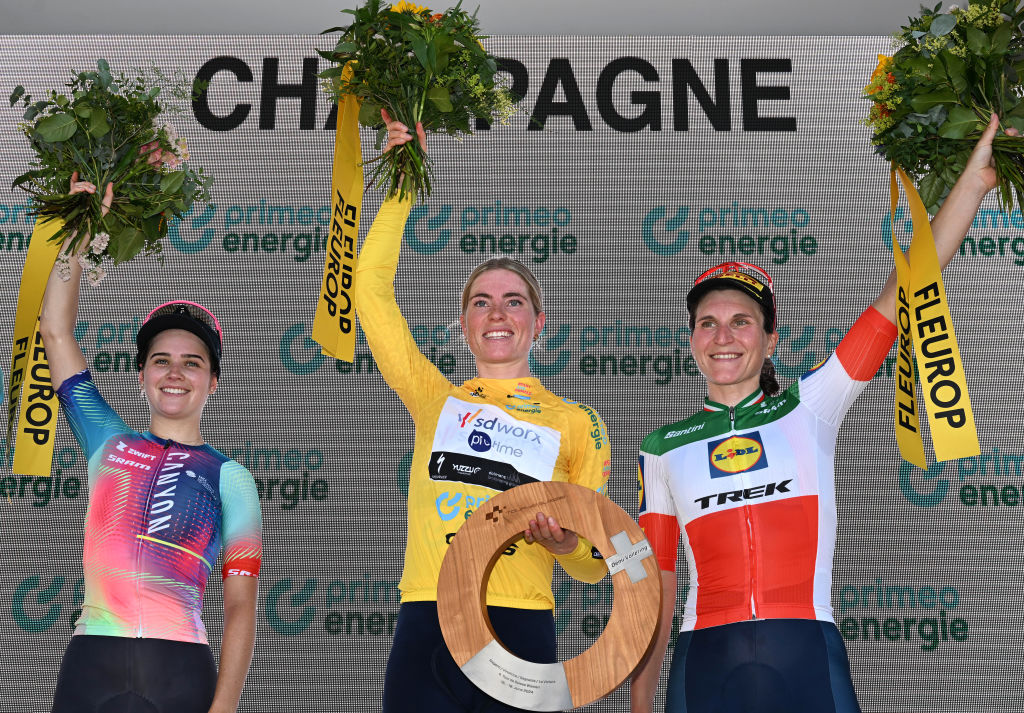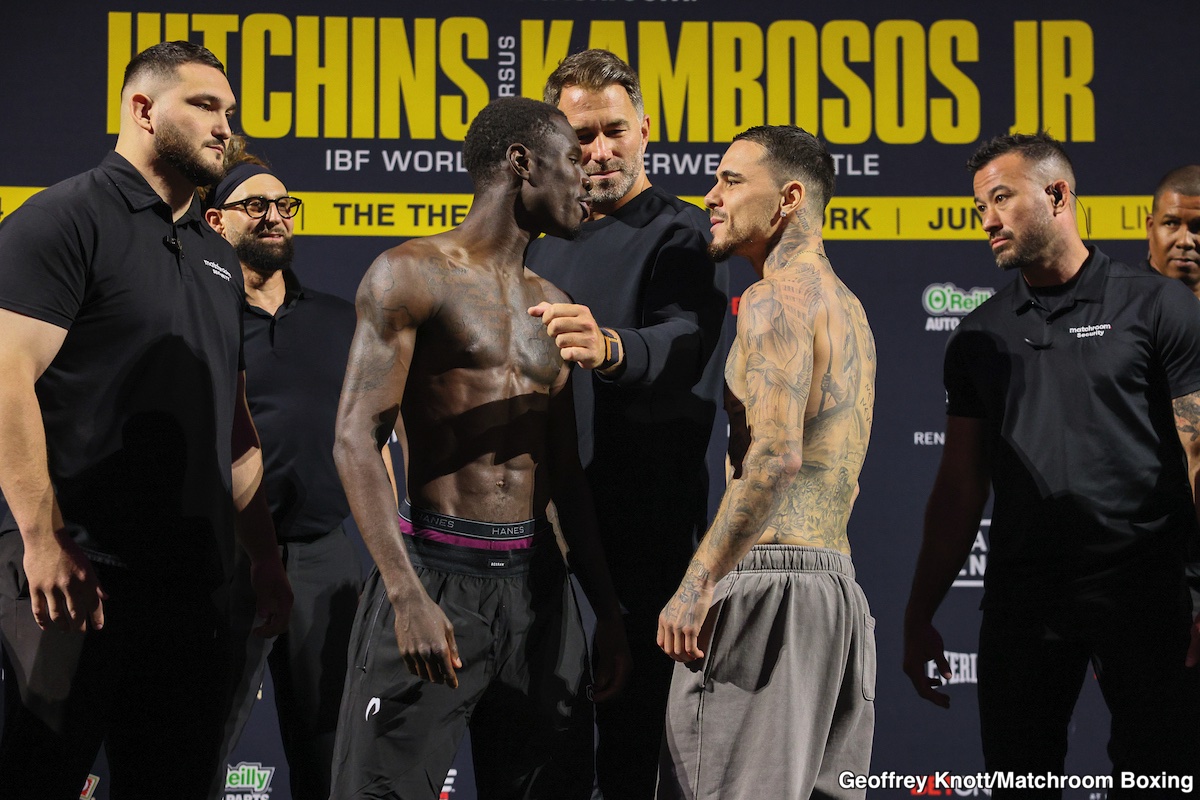Johnny Wunder
;)
The U.S. Open is golf’s toughest tournament by far. How can you prepare for your biggest challenge?
Getty Images
At this point in my career I have walked a TON of major practice rounds.
My first was with Phil Mickelson in 2021 at Kiawah, second with Jon Rahm at Torrey is 2021 and a bunch others from there. It has become quite the routine to walk with both of them on their traditional Tuesday 4-ball, and in every instance I learn something new.
Whether it’s picking the caddies’ brains for golf IQ nuggets or just listening to the best players in the world talk through what they want to do hole-by-hole.
This club was a U.S. Open staple. This week it’s nearly gone | Gear notes from Oakmont
By:
Jack Hirsh
The main thing that I study, especially when it relates to the U.S. Open, is how these guys prepare their bags for golf carnage, a.k.a. WAR.
If you are an avid golfer there is always THE ONE. That one member/member, member/guest, city AM etc., that will ask you more tough questions about you and your game than any other. The pressure of competition ramps up, the courses are set up tougher than normal and YES, everything you do matters.
Beyond your physical and mental prep which holds a good portion of the value, setting up your sticks from an ego-less and reality based POV really matters.
Take for example this week at Oakmont. There are 13 players teeing it up without a 4-iron in the bag and a total of 14 players have either a 4-hybrid, 5-hybrid or 9-wood in the bag. Just for reference these players fall all over the speed spectrum.
Here’s a quick snap shot of some of the notables:
Joaquin Niemann: Ping G430 5H (no 4-iron)
Carlos Ortiz: Ping G430 5H (no 4-iron)
Dustin Johnson: TaylorMade Stealth 9-wood (no 4-iron)
Si Woo Kim: Callaway Elyte 9-wood (no-3-iron)
Chris Kirk: Callaway Apex 4H (no 4-iron)
Phil Mickelson: Ping G430 5-wood (no 4-iron)
Colin Morikawa: Qi35 9-wood (no 4-iron)

PING G440 Custom Hybrid
The G440 hybrids appeal to a variety of skill levels, each engineered to deliver different ball- flight characteristics – from the slightly fade-biased 2 hybrid for off-the-tee performance to the draw-inducing 5, 6 and 7 hybrids that help optimize gapping. They all share a new, shallower and thinner face design, which improves face contact for more ball speed and higher-launching shots that hit and hold the green.
FLIES HIGH LANDS SOFT
Optimized launch and spin ensure distance with stopping power.
FREE-HOSEL DESIGN
Saves weight to lower CG, optimize launch/spin and increase forgiveness.
ROUNDED SOLE
Ensures pleasing face angle in all hosel settings
CARBONFLY WRAP
Lightweight carbon crown saves weight to increase MOI, lower CG.
View Product
Some of these are the normal week-to-week bag set-ups and a few (Kirk, Kim, Ortiz) are new this week.
There are two main things to pay attention to here:
- Peak height and steep landing angle vs a long iron: This type of switch wasn’t really possible maybe four years ago with a 9-wood. Back then a 9-wood would spin off of the planet for high speed players with no real option to flatten out the trajectory. For whatever reason, lately these 9-woods perform more like a really forgiving 4-iron than ever before. On Tour, the reps will move weight forward internally to move CG up (killing excess spin), and build them shorter with heavier graphite shafts. IMO it also wasn’t possible because no Tour player was brave enough to give it a go. I thank Tommy Fleetwood for being the first big name through the door, with the assistance of TaylorMade’s Adrian Rietveld, these two started the conversation for everyone else and well, here we are. You give these Tour fitters a club and a goal, they can do pretty much anything. Spin is the main thing to manage with a 9-wood or 5-hybrid, excess spin and ballooning is the fear but with technology being what it is, and a little hot melt, unicorn clubs reveal themselves.
- Get out of jail club: A 5-hybrid, 9-wood, etc., will beat a 4-iron out of the rough 10 times outta 10. This week at Oakmont, this was the hottest topic. Having a club that could advance the ball down the fairway at 100 yards plus was a HUGE deal. With anything else there is little to no guarantee you’ll even get it out. This is especially important on par\- 5’s if you get outta position. Being able to advance the ball way further VS just hacking it out with a 9-iron is a no-brainer. That can turn a “surviving” situation into a “I can still make a birdie” scenario.

TaylorMade Qi35 Custom Fairway Wood
View Product
Two more nuggets…
Make sure the driver is built for accuracy and not distance
There is no greater stroke killer than not hitting fairways. To take it step further, there is nothing worse than having a driver that you simply can’t control. On Tour, spin and the management of it hold more weight than ball speed and carry. If the driver doesn’t hit the launch and spin windows that are necessary for control, it’s not in the bag. I know we all want to hit bombs but I implore you to look at everything through the lens of SCORING and not impressing your playing partners. If the driver goes a long way but you have no control over how and when, it shouldn’t be in your bag. On a REALLY tough course, not hitting fairways will almost seal your fate regardless of what else you do.
There has to be two wedge options
No chance you hit every green and for most of us you will miss at least 7 to 10 of them. Be smart in how you build out your wedge set, there has to be a low bounce “get out of jail” wedge and one with bounce to do the rest of the heavy lifting. On Tour the wedge with the most bounce is usually the 54 or 56. Why? Because thats the wedge you use for longer bunker shots, chips with a square face and probably full shots outta the fairway. That middle wedge has a heavy work load so make sure it has the bounce to do the job.
So what does this tell us?
To my eyes it’s pretty clear. Do whatever it takes to SCORE. The one thing the best players do is look at everything through the lens of scoring lower. That’s where all the stat guys, caddies, club reps, etc., come into play. Like a racing team, the primary goal of that team is to put the car and its driver in a position to win, not to look good whilst finishing 6th. The key component is punting your ego and deciding who you wanna be on the golf course. A hitter or a scorer. I heard this analogy about a college player once, “he’s a great puncher but he aint a boxer yet.”
In simple terms, the player could do all the things that look cool but nothave the mindset to win. That encompasses all things, including how you look at your bag. If you’re not fast anymore, own it and put clubs in play that make up for what you lack. If you don’t hit it great anymore and need an iron that helps you, get ’em. Don’t die on the “I only like clubs that do this or that” hill, be the player that dies on the “I wanna shoot the lowest score” hill…
That’s the fun one.
“>
;)
Johnny Wunder
Golf.com Editor
Johnny currently serves as the Director of Equipment at Golf.com, contributing to platforms like Fully Equipped Golf. Prior to this role, he was the Content Marketing Manager at Callaway Golf, where he led “Callaway Golf’s World of Wunder,” a platform dedicated to in-depth golf equipment content. Before joining Callaway, he was the Director of Original Content and host of “The Gear Dive” podcast at GolfWRX.com. Beyond his professional endeavors, Johnny is an avid golfer with a deep passion for the game, having played since his youth in Seattle, Washington.


;)











